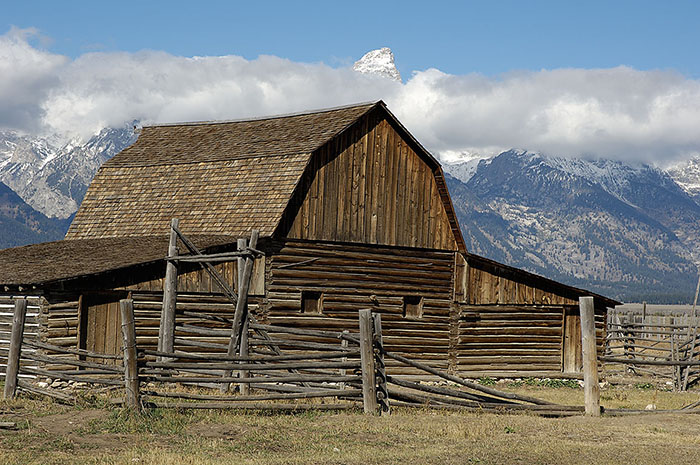This week's assignment will close out our "perspective" series, and hopefully provide an opportunity to "bring it all together." As a review, remember that "perspective" is the technique or process of representing a scene on a two dimensional plane so that the objects represented have apparent depth and distance. Now that we understand how to convey perspective using linear perspective and atmospheric perspective, it is time experiment with
controlling the apparent depth in the image.
As we learned in the linear perspective assignment, variations in the sizes of nearby and distant object often provide the most compelling sense of depth, since judgments of distance in real life are based largely on the apparent differences in size between near and far objects. We can use this to our benefit if we understand that focal length selection has a dramatic effect on the relative sizes of foreground and background elements and our resulting perception of depth.
Because a shorter focal length lens results in the foreground elements appearing larger in relation to the background elements, we can use a shorter focal length lens to convey an “expanded” perspective. The effect of expanded and compressed perspective is illustrated in the two images below. Both images were taken at the exact same location on the bank of Oxbow Bend in Grand Teton National Park. The first image was photographed with a 28mm lens, which expands the perceived distance between foreground and background elements. The far bank of the river looks much further away than it really is.
The second image was photographed from the same position with a 200mm lens, which compresses the foreground and background elements in the scene. The trees look much closer than they really are, and the perceived distance between the trees and the mountains has been compressed.
We can also use focal length to modify the relative scale of objects in the scene in order to emphasize selected elements. A shorter focal length lens will emphasize the foreground elements, while a longer focal length will emphasize the background elements, as seen with these images from Grand Teton National Park:

Because the road passes fairly close in front of this barn, most photographers will initially use a wide angle lens for this scene in order to fit the entire barn in the frame. Unfortunately this makes the distant mountains appear smaller than "real life," and photographers are disappointed when they return home and view their images, only to find that the mountains look much less impressive than they remembered. In order to successfully emphasize the scale of the mountains in relation to the barn, the photographer that is consciously attempting to control the scale of elements in the scene will hike much farther away from the barn, across an adjacent field, and photograph the scene using a long telephoto lens.
"Controlling Perspective" goes hand-in-hand with what we learned in the "balance" assignment, and focal length selection is often one of the best techniques for balancing the "weight" of compositional elements in the scene. Remember this example:
Although this is a very nice stock photography “location” shot, I felt it could have been a bit stronger if the sign and background rock formations were better balanced. This could have been achieved by stepping further back from the sign (if possible) and using a longer focal length lens to bring the distant rock formations in closer and deemphasize the sign. The resulting image would have looked something like this:
The assignment for the week of 4 – 10 August is “Controlling Perspective,” which is the culmination of a three part exploration of techniques for conveying and controlling the perception of depth in a scene. You should use focal length selection and the techniques you learned in the previous perspective assignments to actively control the perception of depth and relative scale of objects in the scene.
Find ways to have fun with this assignment! Using lenses at the extremes of focal length will really emphasize the difference in perspective, so be sure to play with your widest and longest lenses and compare the results. Please upload your images to the “Controlling Perspective” album in the “Weekly Assignments” category by midnight Mountain Standard Time (GMT -07:00) on Sunday, 10 August 2008. If possible, you should upload images of the same scene using both a wide angle and telephoto lens so we can see the difference in perspective and scale.
Keith